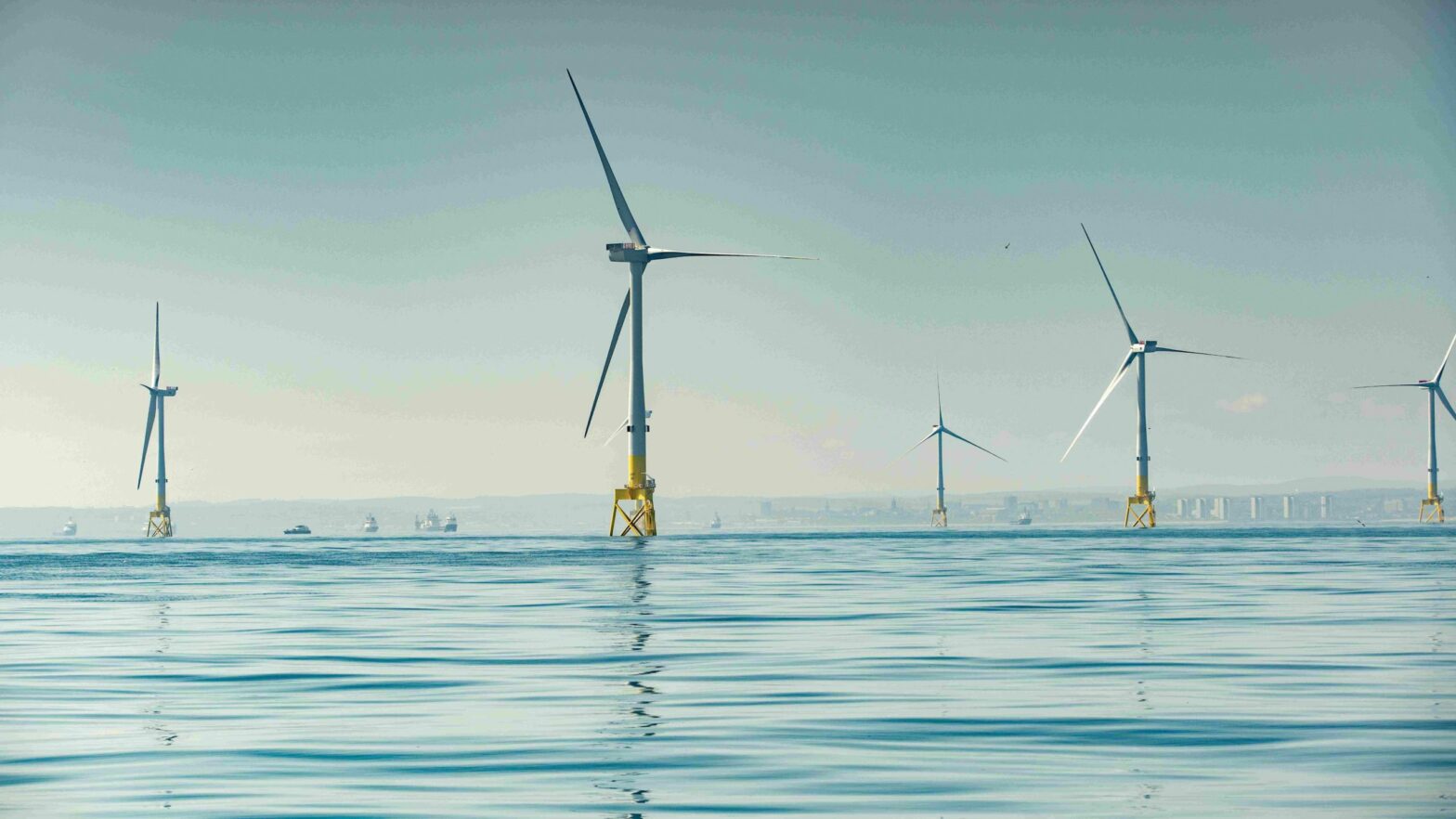As wind farm developers in the old ‘EU15’ countries run out of appropriate sites for their giant turbines, they will have limited choices – growth through acquisition, which will lead to a further round of M&A activity, and expansion into the former Eastern Bloc countries, says Keith Richardson.
“In the industrialised countries of Old Europe, such as Germany, France, and Denmark, the market is definitely consolidating,” says Richardson, who has been involved in renewable energy for over 20 years as developer, technology provider and consultant, and whose career includes establishing a renewable energy team at accountant RSM Robson Rhodes.
“This is purely because the best sites for wind development have already been developed. As the big utilities like npower and Scottish Power, along with the other large groups, develop their own sites, they are also acquiring other assets along the way. There‘s an awful lot of activity.”
Having mopped up all they can in Western Europe, developers are now eyeing accession countries, such as Hungary, Romania, Poland, and even Bulgaria. “Turkey is also on the menu for some,” says Richardson.
Tapping into global markets
On the M&A front, 2007 was a busy year that saw some of the largest players in the world of renewable energy climbing into bed together to create entities able to hold their own around the globe.
International Power, for example, acquired Trinergy’s Italian and German operations – with a generation capacity of 648 MW – for an enterprise value of £1.2 billion, including a £586 million cash consideration, and creating a European top ten player in the process.
Deals of this size have been made possible, Richardson says, because banks and other funders have a better understanding of the sector than they did in the past.
“Across the board renewables have become more commoditised, “ he adds. “Non-conventional finance is becoming increasingly involved, such as private equity groups, because most of the risks are now understood a little better.
“It makes for quite an interesting time if you have a project that you are looking to sell.”
For renewables projects small is beautiful
Throughout Europe, including the UK, there has sprung up a network of small, specialised developers who seek out suitable locations for wind, solar and other renewables projects. They put in the hard slog, wade through mountains of paperwork, obtain planning permission, and then sell the off-the-shelf package to better-funded developers further up the line.
The problem is that all this groundwork can run into six figures, and if things go wrong the small guy takes the hit. This kind of activity may not be M&A in its purest sense, but it is deal activity that is capable of creating the ripples that can eventually lead to deals.
As a director of the Energy Industries Council Dr Phil Goddard has his finger on the pulse of who’s buying who in the sector, and says there were some notable M&As in 2007, such as the agreed acquisition of Airtricity by Scottish & Southern Energy in a €1.8 billion (£1.3 billion) transaction, signed late last year.
“In my opinion there was a political aspect to that deal,” says Goddard. “It makes the renewables sector far more visible, which means that in future finding the finance for projects like this will be much easier.”
Riding the wave
Because wind power enjoys such a high profile it’s easy to overlook the potential of other interesting alternative sources of energy – wave power and solar to name just two. Wave power harnesses the massive forces of the oceans to generate electricity in significant quantities, and the Scottish company Pelamis Wave Power whose technology puts it among the world’s leaders in the field, is understood to be planning an IPO on AIM this summer. Goddard believes that within a few years it may well be the target of a takeover bid.
One way or the other, says Roman Webber, head of the renewable energy team at Deloitte, deals will continue to be done
“We see mergers and acquisitions as an area where there will continue to be strong activity,” he says. “Some of this will be pure M&A, but we also believe there will be a lot of joint ventures between those who have the technology, and those who want to acquire it and move it on to the next phase, such as management teams with the skills needed to grow the business.”
He makes the point that each of the three main areas of renewable energy – solar, wind and marine – is witnessing significant technological advances, which will lead to bigger and more efficient facilities. The second generation of biofuels is also creating some excitement in the renewables community. Once again improved efficiency to reduce costs is the holy grail.
Dealflow slowdown
All in all, says Tom Murley, head of the renewable energy team at HgCapital, the future looks bright for the renewables sector. That being said, he forecasts a fall-off in M&A activity in the coming year, in Europe at least. He is a man who should be taken at his word, since HgCapital operates Europe’s largest fund for renewable power projects.
However, while deals decline, VC activity is set to increase, says Murley. “The reason I believe large-scale M&A activity will drop off is because last year we had a spate of large acquisitions. E.ON paid €722 million (£539 million) for DONG’s Spanish wind business, International Power bought Trinergy Wind Portfolio, which operates wind farms in Italy and Germany, and Airtricity sold its US wind business to E.ON for over $1 billion (£510 million).”
Other significant deals have included the sale by Goldman Sachs of Horizon Wind Energy, which the investment bank bought two years earlier, to Energias de Portugal for $2.3 billion (£1.1 billion).
Murley’s point is that most of the deals that were there to be done, have already been done. He says: “When you look at the European marketplace there are not many large independent renewable businesses left and those that are probably aren’t for sale.”
What he refers to as ‘pricing fatigue’ may also contribute to the slowdown in activity. The huge sums paid for some of the acquired businesses in the past year have been criticised in some quarters, and have even cast a cloud over share prices. Following its purchase of Airtricity, for example, Scottish & Southern’s debt was put on watch for downgrading.
But the expected fall off in 2008 is merely the sector pausing for breath, says Murley. “The M&A activity we have seen to date is just a small foretaste of what’s to come,” he predicts
The reason? Murley makes the point that the raison d’etre that drives the renewables sector – climate change – is not going away. Conventional power generation in Europe and the US accounts for around 28 per cent of all greenhouse gases, and road transport comes a close second on both sides of the Atlantic.
“If you are worried about climate change then you have to do something about power generation, and cars,” he adds. “Unfortunately there is no silver bullet.”






